Full Name Robert Hansen | Name Sivaya Subramuniyaswami | |
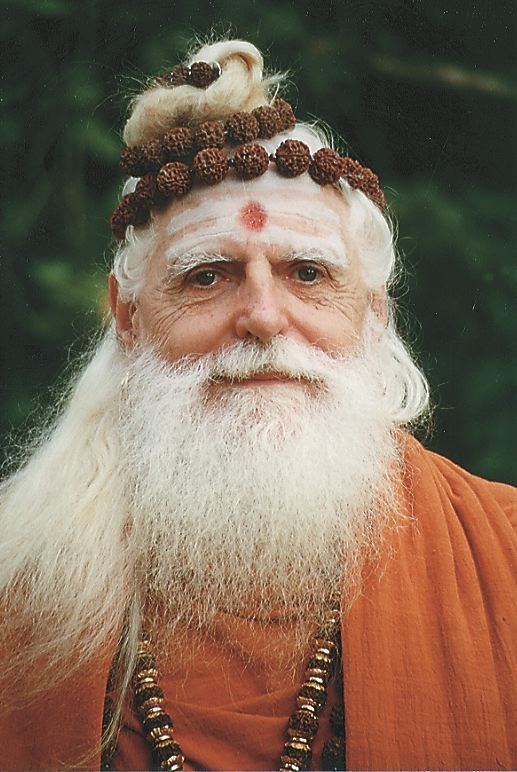 | ||
Books Merging with Siva: Hinduism, Lemurian Scrolls: Angelic P, Dancing with Siva: Hinduism, How to Become a Hindu: A, Yoga's Forgotten Foundati | ||
Gurudeva sivaya subramuniyaswami
Satguru Sivaya Subramuniyaswami (January 5, 1927 – November 12, 2001), also known as Gurudeva by his followers, was born in Oakland, California and adopted Shaivism as a young man. He was the 162nd head of the Nandinatha Sampradaya's Kailasa Parampara and Guru at Kauai's Hindu Monastery which is a 382-acre temple-monastery complex on Hawaii's Garden Island
Contents
- Gurudeva sivaya subramuniyaswami
- Find the Self Gurudeva Speaks
- Youth in California 19271946
- Visit to Sri Lanka 19471949
- San Francisco 19491970
- Kauai 19702001
- Honors and awards
- Books
- Four areas of service
- Saiva Siddhanta Church
- Hindu Heritage Endowment
- Hinduism Today
- References
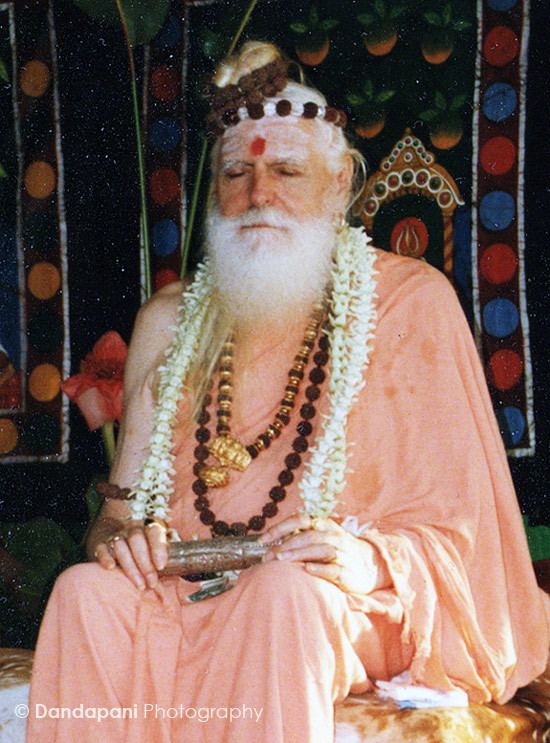
In 1947 at the age of 20, he journeyed to India and Sri Lanka and in 1949 was initiated into sannyasa by the renowned siddha yogi and worshiper of Lord Shiva, Jnanaguru Yogaswami of Jaffna, Sri Lanka who was regarded as one of the 20th century's remarkable mystics. In the 1970s he established a Hindu monastery in Kauai, Hawaii and founded the magazine Hinduism Today. In 1985, he invented Pancha Ganapati as a Hindu alternative to December holidays like Christmas. He was one of Shaivism's Gurus, the founder and leader of the Saiva Siddhanta Church.
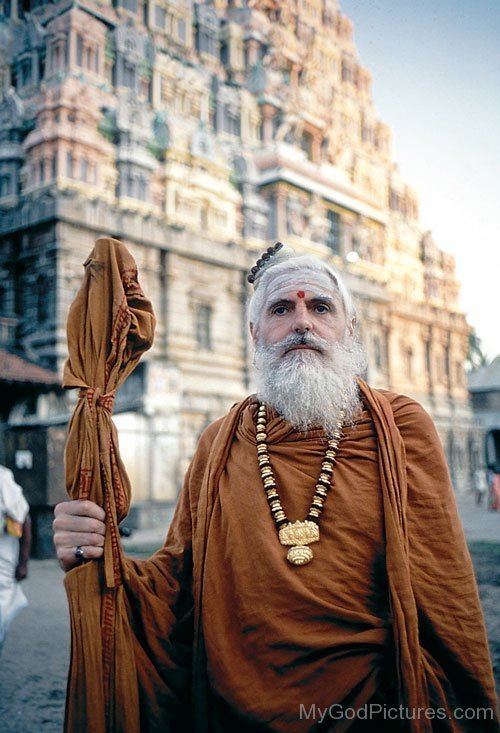
He was the hereditary guru of 2.5 million Sri Lankan Hindus. His various institutions form a Jaffna-Tamil-based organization which has branched out from his Sri Subramuniya Ashram in Alaveddy to meet the needs of the growing Hindu diaspora of this century. He also established a seven-acre monastery in Mauritius, which includes a public Spiritual Park called "Spiritual Park- Pointe de Lascars". He oversaw more than 50 independent temples worldwide.
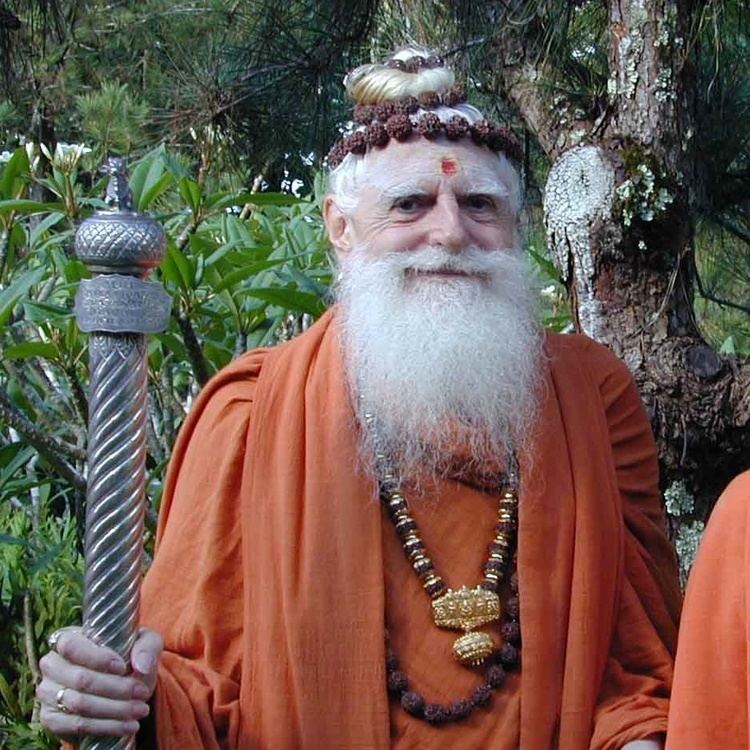
His influence reflected the reach of his publications, including the approximately 30 books he wrote. Subramuniyaswami was described by Klaus Klostermaier as "the single-most advocate of Hinduism outside India". The book Religious Leaders of America explained Subramuniyaswami's role as "a pillar of orthodox Hinduism"
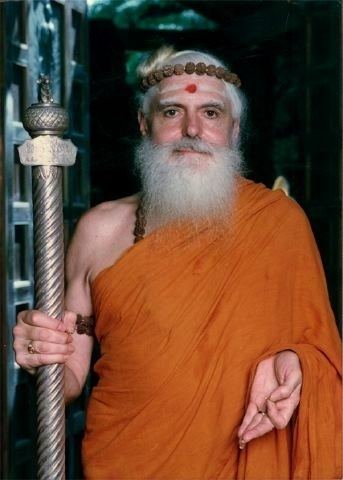
Find the Self: Gurudeva Speaks
Youth in California (1927–1946)
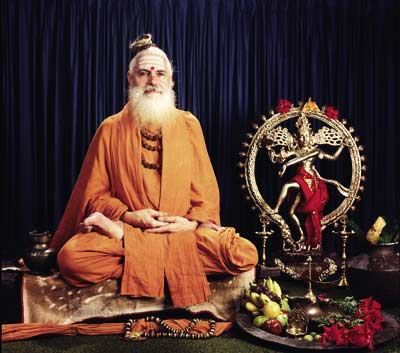
He was born in California in 1927 as Robert Hansen. In his autobiography, he relates how “the totality of the power of the eternity of the moment began to become stronger and stronger within me from that time onward”. He was most inspired by the life of Swami Vivekananda and his four small volumes: Raja Yoga, Bhakti Yoga, Karma Yoga and Inspired Talks, and most particularly by Swami Vivekananda’s masterful poem, "The Song of the Sannyasin."
Sivaya Subramuniyaswami’s training in classical Eastern and Western dance and in the disciplines of yoga developed him into a dancer. He joined the San Francisco Ballet Company, becoming their danseur by age nineteen. At twenty years of age, he took the first ship to leave for India after World War II. He celebrated his twenty-first birthday just days before going ashore and walking through the grand Gateway to India in Mumbai.
Visit to Sri Lanka (1947–1949)
Sivaya Subramuniyaswami spent almost three years on the island of Ceylon, now called Sri Lanka. Before meeting his guru, he studied with his fourth “catalyst” for a year and a half. Sivaya Subramuniyaswami just wanted to meditate, but his teacher made him work to help village people with reconstructing rural areas. Sivaya Subramuniyaswami visited and lived in many Buddhist temples in Sri Lanka. He was received by the monks there and saw how they lived and dressed. This experience influenced in a very strict way the monastic protocols that he later put into action in his own monastic order.
In the caves of Jalani, Kurugala Balandha, Sri Lanka, he fasted and meditated until he experienced what he felt to be enlightenment. Sivaya Subramuniyaswami relates his feelings while returning to Colombo, Sri Lanka: “Returning back to the city, nothing looked the same anymore. I was in another dimension. Everything was different. I had lost something: the desire for the realization of the Self. I felt complete. I felt alone.”
Back in Colombo, Sivaya Subramuniyaswami met his final teacher before meeting his guru. One day, his teacher arranged a meeting between Sivaya Subramuniyaswami and his long-awaited satguru, Sage Yogaswami. After a deep and inner meeting, Yogaswami gave him the name Subramuniya, an epithet of Sri Murugan. Subra means "the light than emanates out from the central source." Muni means a silent teacher, and ya means restraint. Subramuniya means a self-restrained soul who remains silent or speaks out from intuition. After a few visits, Jnanaguru Yogaswami initiated Subramuniya into sannyasa and ordained him into his lineage with a slap on the back giving the following instructions:
This sound will be heard in America! Now go ‘round the world and roar like a lion. You will build palaces (temples) and feed thousands.
Yogaswami continued to communicate with Sivaya Subramuniyaswami through Kandiah Chettiar until his death in 1964. In the line of successorship, Subramuniya was considered the 162nd Jagadacharya of the Nandinatha Sampradaya's Kailasa Parampara.
San Francisco (1949–1970)
In late 1949 Subramuniya sailed back to America and embarked on seven years of ardent, solitary yoga and meditation In 1956, Sivaya Subramuniyaswami said, he had a tremendous spiritual experience in Denver, Colorado, where “the soul body would finally fully inhabit the physical body”. The following year, in San Francisco, Subramuniya founded what is now Himalayan Academy and opened America's first Hindu temple at 3575 Sacramento Street, near Presidio Park. In Switzerland, 1968, he wrote of Shum, a mystical language of meditation that names and maps inner areas of consciousness.
Kauai (1970–2001)
Sivaya Subramuniyaswami moved his ashram to Kauai in 1970, establishing Kauai Aadheenam, on a riverbank near the foot of an extinct volcano. Also known as Kauai's Hindu Monastery, Kauai Aadheenam is a 458-acre (1.9 km²) temple-monastery complex on Hawaii's Garden Island. In 1979 he published the Holy Orders of Sannyas, defining the ideals, vows and aspirations of Hindu monasticism. In 1979 he founded the Hinduism Today magazine, and in the early 80s, after his world tours, focused his magazine on uniting all Hindus, regardless of nationality or sect, and inspiring and educating seekers everywhere. In Sri Lanka, Sivaya Subramuniyaswami formally took possession of the main building of his Sri Subramuniya Ashram in Alaveddy, founded in 1949.
In 1986 Sivaya Subramuniyaswami founded a branch monastery in Mauritius in response to the government's request that he come there "to revive a languishing Hindu faith." In 1991 he produced the Nandinatha Sutras, 365 aphorisms that outlines the path of virtuous Hindu living. Especially in the early 1990s he campaigned for fair treatment of temple priests, particularly that they should receive the same respect enjoyed by the clergy of other religions. In 2000 he published How to Become a Hindu, showing the way for seekers to formally enter the faith, confuting the notion that "You must be born a Hindu to be a Hindu." In November of that year, he launched Hindu Press International (HPI), a free daily news summary for breaking news sent via e-mail and posted on the web. In 2001 he completed the 3,000-page Master Course trilogy of Dancing with Siva, Living with Siva, and Merging with Siva - volumes of daily lessons on Hindu philosophy, culture and yoga, respectively. On November 12, 2001, he died surrounded by his monastics and devotees.
Honors and awards
Books
Gurudeva was author of more than 30 books offering insights on Hindu metaphysics, Saivism, mysticism, yoga, and meditation. His works are highly regarded by many contemporary Hindu leaders.
His Master Course is Sivaya Subramuniyaswami's comprehensive treatise on Shaivism in three books and more than 3,000 pages, composed in what he called "talkanese" - a flowing version of written English that resembles the spoken language and evokes ancient Hindu oral traditions.
Four areas of service
The four areas of service established by Sivaya Subramuniyaswami and now carried out by his successor, Satguru Bodhinatha Veylanswami, and monastics, are: Saiva Siddhanta Church, Himalayan Academy, Hindu Heritage Endowment, and the Hinduism Today international quarterly magazine.
Saiva Siddhanta Church
The mission of the Church is to preserve and promote the Śaivite Hindu religion. Membership in the Church extends to many countries of the world, including the USA, Canada, Mauritius, Malaysia, Singapore, India, Sri Lanka and several European nations
Hindu Heritage Endowment
Hindu Heritage Endowment is a public service trust founded by Sivaya Subramuniyaswami in 1995.
Hinduism Today
Hinduism Today is an international quarterly magazine founded by Sivaya Subramuniyaswami in 1979. It is a public service of his monastic order, created to strengthen all Hindu traditions by uplifting and informing followers of the hinduism everywhere.
